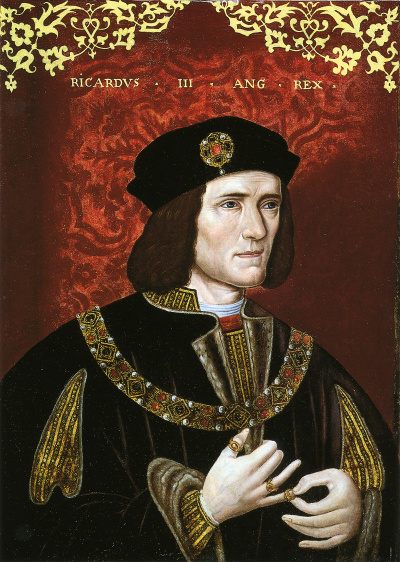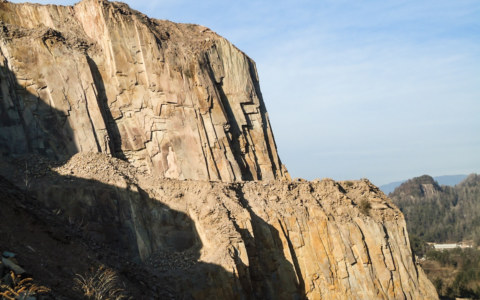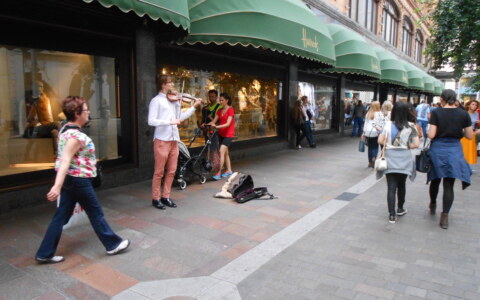Porphyry is connected to history, the divine, prestige and nobility… King Richard the III’s remains, now kept in Leicester Cathedral, trod our Prima Porphyry before being laid to rest. Paving fit for a king. Such is this square, a true work of art, which brought it the absolute prize of the British Association of Landscape Industries for landscape architecture. It was made with special pentagonal pieces laid so as to create an intricate system of counterpoising hexagons.
King Richard III (1452 – 1485) was the last king of the Plantagenet dynasty. Crowned on July 6, 1483, he died just two years later on the battlefield fighting Henry Tudor. The battle marked the end of the Middle Ages in England and the beginning of a new dynasty. After the battle, Richard’s body was taken to the nearby city of Leicester to be displayed and then buried without a funeral. It is thought that his tomb was then destroyed during the period of the English Reformation and the dissolution of the monasteries ordered by Henry VIII.
What is certain is that for over 500 years the whereabouts of his remains were unknown. In 2012, the University of Leicester and Leicester City Council decided to begin research into finding Richard III’s remains again and in August of the same year the discovery of a body proved to be exactly that of the last Plantagenet king. The official announcement was given on 4th February, 2013, after DNA tests confirmed the match. Richard III’s remains were reinterred in a new tomb in Leicester Cathedral. As part of the official ceremony, in which over 20,000 people took part, many events took place as well as a historical re-enactment.






